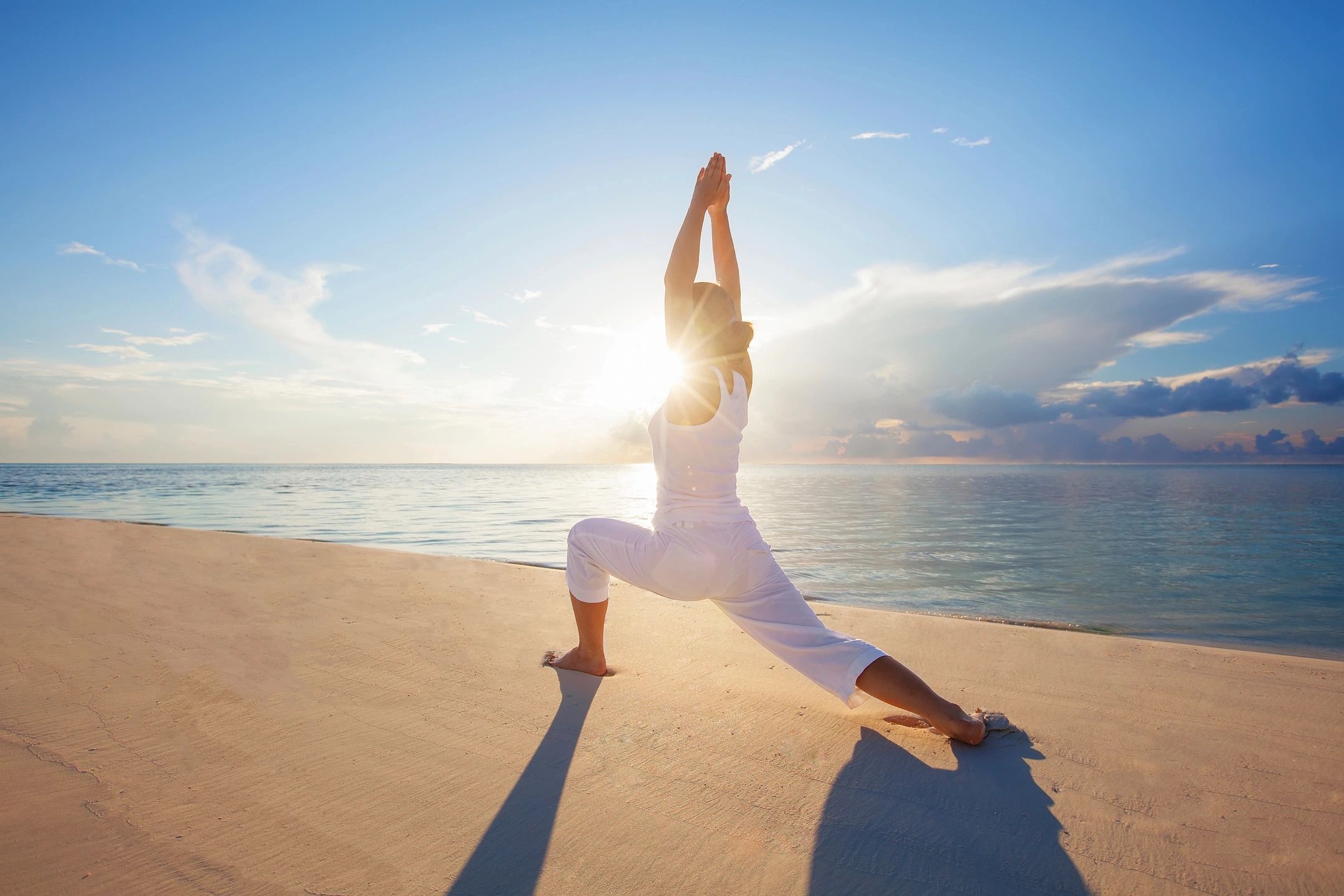Flexibility is often overlooked in the pursuit of strength and endurance, but it plays a pivotal role in enhancing overall well-being. A flexible body not only moves with more ease but also helps prevent injuries, supports better posture, and boosts mental clarity. Whether you’re a seasoned athlete or someone simply looking to improve daily comfort, stretching should be an essential part of your routine. This article explores the benefits of flexibility, the different types of stretches, and how you can effectively incorporate them into your lifestyle.
Benefits of Stretching
Stretching offers a wealth of benefits that go beyond just increasing flexibility. By regularly incorporating stretches into your routine, you can enjoy a wide range of physical and mental advantages.
Physical Benefits
Perhaps the most obvious benefit of stretching is an enhanced range of motion. Improved flexibility allows muscles and joints to move more freely, which can make daily activities easier and more efficient. Stretching also promotes muscle health by keeping muscles pliable and reducing tension. With a regular stretching regimen, muscle stiffness decreases, helping to prevent strains and sprains. Additionally, stretching improves circulation, which supports the delivery of nutrients to tissues and speeds up recovery from workouts.
Mental Benefits
Stretching isn’t just about the body—it also has profound effects on the mind. As you stretch, the deep breathing involved can activate the parasympathetic nervous system, triggering a relaxation response. This not only alleviates muscle tension but also reduces stress levels, improves focus, and helps combat feelings of anxiety. Incorporating stretching into your daily routine can be an effective way to de-stress and recalibrate after a hectic day.
Types of Stretching
Understanding the different types of stretching is crucial to reaping the maximum benefits. The two main categories are static and dynamic stretching, each serving a specific purpose depending on the activity you’re preparing for.
Static Stretching
Static stretching involves holding a stretch for an extended period, typically 20-30 seconds, without movement. It’s most effective after a workout, helping to lengthen muscles and improve flexibility over time. Static stretches are ideal for cooling down after physical activity, as they promote muscle relaxation and reduce post-exercise soreness.
Dynamic Stretching
Dynamic stretching, on the other hand, involves moving parts of your body and gradually increasing the range of motion in a controlled manner. This type of stretching is perfect before a workout or physical activity because it helps activate muscles and increases blood flow. Examples include leg swings, arm circles, and torso twists. Dynamic stretches prepare the body for movement, reducing the risk of injury during more intense physical activity.
Active vs. Passive Stretching
While static and dynamic stretching are the two broad categories, there’s also a distinction between active and passive stretching. Active stretching involves using your muscles to stretch, while passive stretching requires assistance from an external force—like using a strap, wall, or partner. Both forms offer unique benefits, but integrating both types into your routine can enhance flexibility gains and improve overall muscle health.
How to Incorporate Stretching Into Your Daily Routine
The key to successfully improving flexibility is consistency. To gain the most from stretching, it’s essential to integrate it into your day in a manageable way.
Simple Stretches to Begin With
If you’re new to stretching, start with simple stretches that target key muscle groups. Try a standing hamstring stretch, where you bend forward to reach for your toes, or a calf stretch against a wall. These stretches focus on commonly tight areas and are easy to do without requiring a lot of space. As you progress, you can incorporate more advanced stretches like lunges or spinal twists.
Best Times to Stretch for Maximum Benefit
While it’s important to stretch at any time that’s convenient, certain times of day are particularly effective. For instance, stretching after waking up can help to loosen up stiff muscles and increase flexibility right from the start of your day. Stretching before bed can also help release tension and promote a restful night’s sleep. For athletes or those engaging in strenuous activity, stretching before and after exercise is essential to warm up muscles and aid in recovery.
Common Mistakes to Avoid When Stretching
Though stretching is a straightforward practice, there are common mistakes that can hinder its effectiveness and even lead to injury.
Overstretching
Pushing your muscles too far can be harmful, so it’s important to listen to your body. Stretching should never be painful. Instead, aim for a gentle, comfortable stretch that you can hold. If you feel pain, you’ve likely gone too far and should ease back.
Improper Technique
Good technique is essential for both safety and effectiveness. For example, when performing a hamstring stretch, avoid rounding your back excessively. Keep your back straight to avoid straining your lower spine. Also, remember to breathe deeply and consistently during each stretch to maximize relaxation.
Not Warming Up Before Stretching
Jumping into deep stretches without warming up first can increase the risk of injury. It’s best to perform some light cardio, like walking or jogging, before stretching to elevate your body temperature and prepare your muscles.
Summary: Make Flexibility a Priority
Flexibility is an often-overlooked aspect of fitness, yet it holds immense value for both physical and mental health. Incorporating stretching into your routine can enhance your range of motion, support muscle health, and reduce stress. Whether you’re new to stretching or looking to refine your practice, remember that consistency is key. By avoiding common mistakes and sticking to a balanced stretching routine, you can improve your flexibility, reduce your risk of injury, and achieve a better quality of life. Start today, and enjoy the many rewards that come with being more flexible!
Please like, comment, and share this article if you found it helpful and
informative.
Visit https://bigtownbulletin.com if you would like to see more of this content.
Please like, comment, and share this article if you found it helpful and
informative.
For more news check out Big Town Bulletin News
For more from Big Town Bulletin check out Big Town Bulletin


